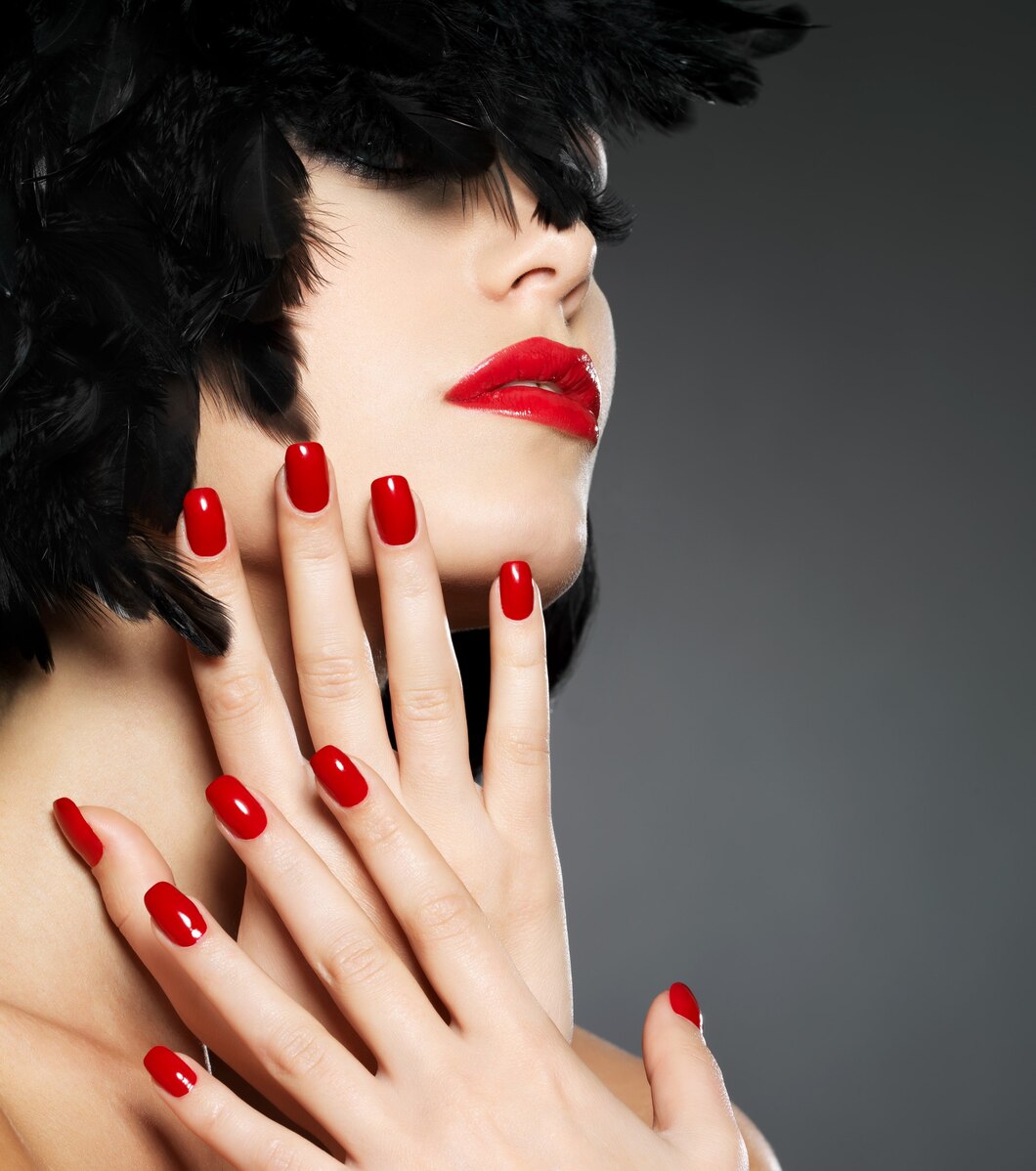Nail adornment is a practice deeply rooted in cultural traditions across the globe, serving as a form of self-expression, identity, and social significance. From intricate designs to symbolic meanings, nail art reflects the diversity and richness of human culture. Let’s embark on a journey to explore the fascinating world of cultural nail traditions from various corners of the globe.
India: Mehndi and Henna Art
In India, mehndi, or henna art, holds special cultural significance, especially during weddings, festivals, and other auspicious occasions. Intricate patterns and designs are meticulously applied to the hands and feet using a paste made from the leaves of the henna plant. Mehndi symbolizes love, prosperity, and good fortune, and the designs often incorporate traditional motifs such as paisleys, flowers, and peacocks.
China: Red Symbolism and Longevity Nails
In Chinese culture, red is considered an auspicious color symbolizing luck, happiness, and prosperity. Red nail polish is often worn during weddings and other celebrations to ward off evil spirits and attract good fortune. Additionally, some Chinese women traditionally grew long nails, known as “longevity nails,” as a symbol of wealth, status, and femininity, although this practice has become less common in modern times.
Japan: Geisha Beauty and Symbolic Nail Art
In Japan, nail art has a long history dating back to the Edo period, where geishas adorned their nails with intricate designs to enhance their beauty and allure. Today, Japanese nail art remains a popular form of self-expression, with nail salons offering a wide range of designs, from delicate cherry blossoms to playful kawaii characters. Some designs even carry symbolic meanings, such as prosperity, love, and protection.
Africa: Cultural Symbols and Ritualistic Practices
Across Africa, nail adornment is deeply intertwined with cultural traditions, spirituality, and social identity. In some African societies, intricate nail designs are a symbol of beauty, femininity, and status, with patterns and colors varying by region and ethnic group. Additionally, nail adornment may be part of ritualistic practices, such as coming-of-age ceremonies or spiritual rituals, where nails are decorated with natural pigments, beads, or other materials.
Middle East: Intricate Henna and Arabic Nail Art
In the Middle East, henna art is a cherished tradition, with intricate designs adorning the hands and feet for weddings, festivals, and religious celebrations. In addition to henna, Arabic nail art has gained popularity, featuring elaborate designs inspired by Islamic geometric patterns, calligraphy, and cultural motifs. Nail adornment in the Middle East serves as a form of self-expression, cultural pride, and celebration of beauty.
Indigenous Cultures: Natural Materials and Symbolic Designs
In many indigenous cultures around the world, nail adornment is deeply rooted in tradition and spirituality. Natural materials such as shells, feathers, and plant dyes are often used to decorate nails, reflecting a deep connection to nature and the environment. Additionally, nail designs may carry symbolic meanings related to cultural beliefs, storytelling, and identity within indigenous communities.
In conclusion, nail adornment serves as a powerful expression of culture, identity, and tradition across diverse societies and regions of the world. From mehndi in India to henna art in the Middle East, each cultural nail tradition reflects unique beliefs, aesthetics, and social customs. As we celebrate the beauty and diversity of cultural nail traditions, let us embrace the rich tapestry of human expression and honor the significance of nail adornment in shaping our shared cultural heritage.








